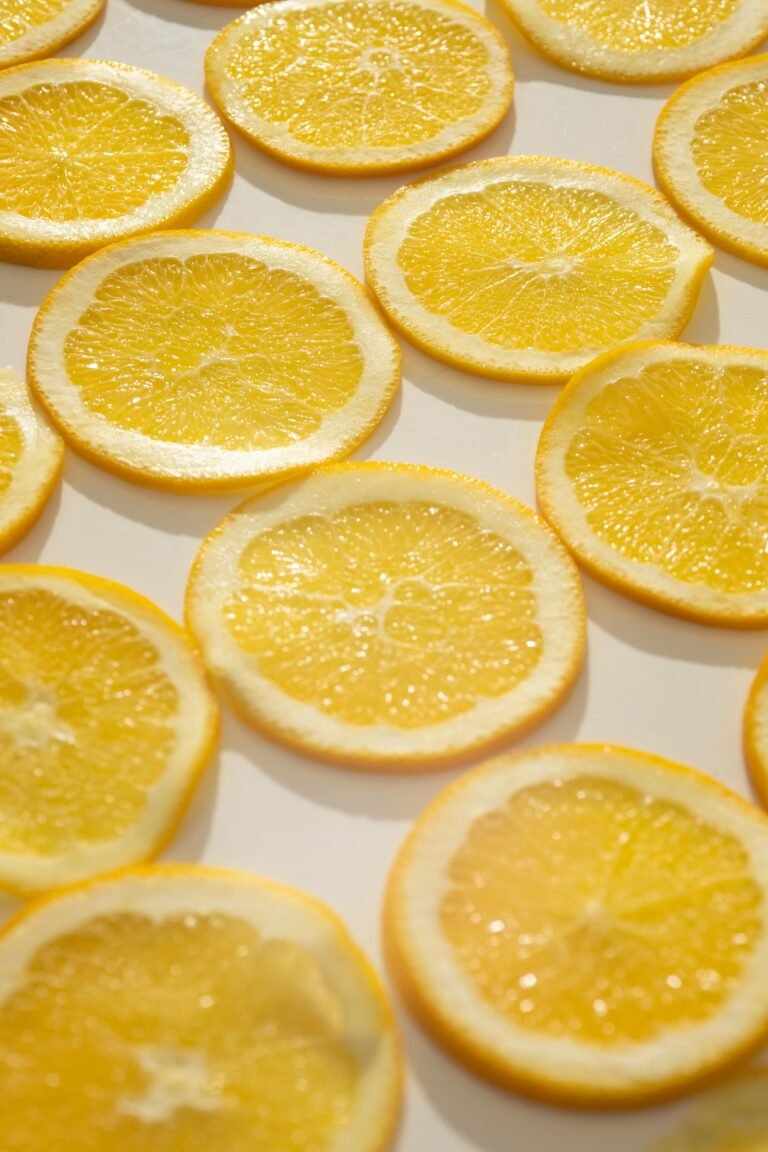Milena Gabanelli explains the link between diet and the immune system
Strengthen the immune system. A need from the second phase to the subsequent ones of the management of the Covid-19 pandemic. If until containment we could count on isolating ourselves at home so as not to be infected, now that many businesses are reopening and we are all trying to get back to normal, it is important to keep our immune defenses high.
Journalist Milena Gabanelli then explains the link between diet and the immune system in her column Dataroom . In fact, the virus worsens in all people with problems caused by pathologies or inflammatory states in progress.
As we know, there is a link between diet, the immune system and the state of systemic inflammation.
This link arises from the intestinal bacterial flora.
The journalist has thus collected all the data that support the thesis of acting on the microbiota through the diet to strengthen the immune system.
Dcomedieta had already talked about it in an article on immunonutrition .
Now let’s see what the journalist explains, who has collected the opinions of dieticians and immunologists.
LINK BETWEEN DIET AND IMMUNE SYSTEM: THE REPORT BY MILENA GABANELLI
What nutrients we need to pay attention to
Zinc is a crucial mineral for strengthening immunity: it is found in oysters, offal and poultry, fish such as octopus and squid, crab, wheat germ, dried fruit, oats (in the germ), in legumes, in egg yolks and in Grana Padano. See also: zinc in the diet.
Vitamins A, D and C are considered crucial for supporting the immune system. We find vitamin A in cheeses and whole dairy products, in meat, in egg yolks, and as beta-carotene, provitamin A, in orange and red vegetables (apricots, carrots).
Vitamin D abounds in fatty fish, which also provides us with omega3 , such as salmon or mackerel, in butter, in eggs. See also how to get vitamin D from food.
We get C from mostly raw vegetables, such as peppers, parsley, and from citrus or red fruits.
Selenium is another very important mineral for the immune system: we can find it in selenium potatoes, in fish, even in shellfish, or in chia seeds . Finally, magnesium , which we find in vegetables together with folic acid .
Finally, all those minor metabolic compounds that function as antioxidants are important: for example beta-glucans, which we find in barley, legumes, oats; polyphenols , substances found in red fruits, spices, green tea, grains.
Finally, be careful not to underestimate the iron deficiency, in this case allowing yourself a portion of red meat a week.
What to eat to strengthen the immune system
Two servings of whole grains per day are recommended (or products derived from whole grains, for example good rye bread); a source of protein per day between fish and legumes, in rotation; from 2 to 3 portions of vegetables, where per portion means 150 grams raw; 2 portions of fruit at least per day (160 grams in total).
Finally, a portion of fermented foods per day, including yogurt, kefir, sauerkraut, miso, tempeh, kimchi and kombucha.
We also pay attention to spices and aromatic herbs especially dry: they are rich in minerals and polyphenols.
Diet to strengthen the immune system: an example of a menu
Let us now try to put these tips into practice.
Here is an example of a menu that can be followed to strengthen our immune system.
Breakfast.
A yogurt or a glass of kefir milk or kefir water. Optionally a slice of barley bread with a teaspoon of honey and butter or 4 tablespoons of oat flakes cooked in a glass of semi-skimmed milk until creamy, sweetened with a teaspoon of honey and with the addition of a little cinnamon. Two walnuts or a piece of dark chocolate. Green tea or coffee.
Snack. A freshly squeezed orange juice, a citrus fruit of your choice or a portion of strawberries or red fruits.
Lunch.
Salad with the addition of raw carrots or peppers or rocket or mixed with a teaspoon of olive oil and lemon juice.
A portion of whole grains including oats, rye, barley, brown rice or a portion of wholemeal pasta. Dressing with leafy vegetables, asparagus, broccoli, mushrooms and olive oil, enriched with spices and fresh and dried aromatic herbs.
We can combine a piece of Grana Padano cheese or a ladle of legumes (if we don’t eat fish for dinner) or an egg with soft yolk as a main course. A fruit of your choice or some almonds.
Examples of first course : brown rice with asparagus tips and shrimp tails. Wholemeal pasta with zucchini and chickpeas. Barley with spinach or pumpkin and parmesan flakes.
Snack . A low-fat yogurt with little fruit and a teaspoon of chia seeds. A cup of unsweetened green tea.
Dinner .
A portion of fish, alternating between crustaceans, molluscs, blue fish, up to 3 times a week. A serving of vegetables or greens with 1-2 teaspoons of oil. Whole grain barley, oat or rye bread or a portion of potatoes. When not eating fish, we can opt for turkey or veal or vegan options such as tempeh or a small portion of aged or blue cheese or a herb omelette.
























+ There are no comments
Add yours